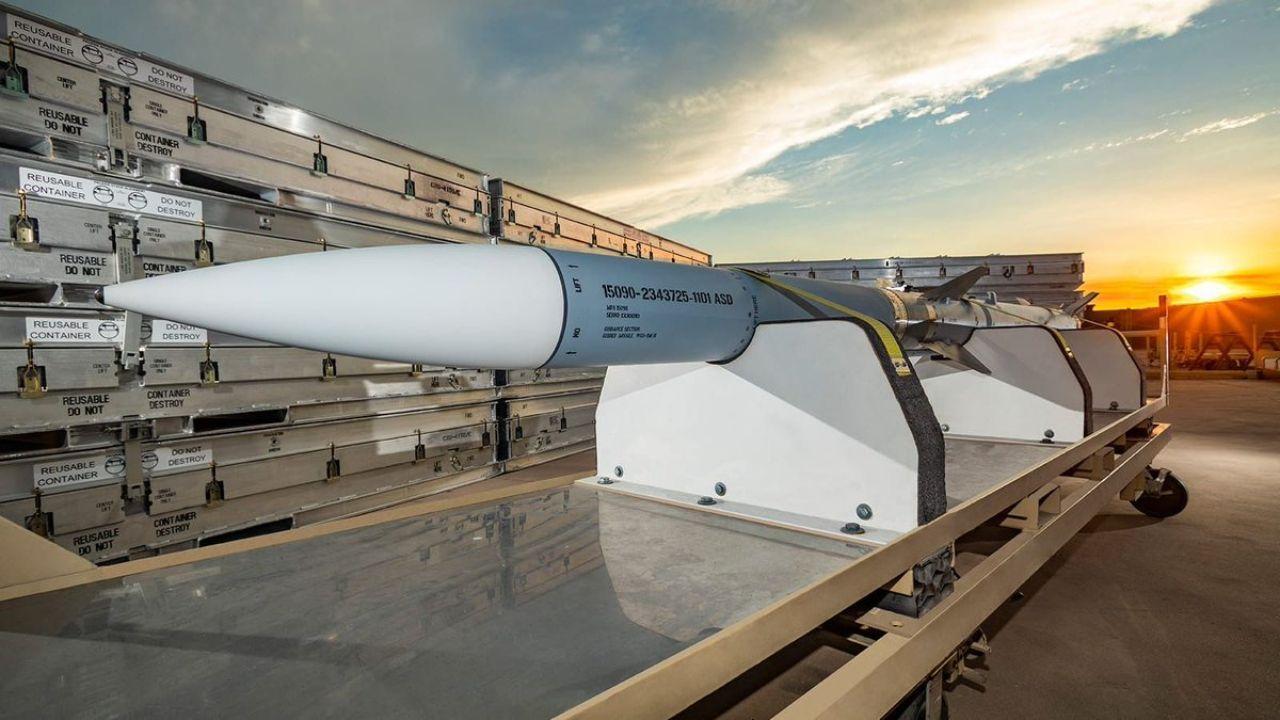
Post by : Avinab Raana
Photo : X / Global Defense Insight
Finland’s Urgent Defense Push
Finland is preparing to place a major order for AMRAAM missiles valued at nearly one billion euros, aiming to strengthen its air defense capability as it transitions to a new fleet of fighter aircraft under the HX programme. The decision comes amid heightened regional tensions and Finland’s recent entry into NATO, driving a need to upgrade and modernize its military readiness. This proposed missile procurement is a core component of Finland’s broader defense strategy focused on deterrence, interoperability with NATO allies, and ensuring the credibility of its aerial defense posture in Northern Europe.
The HX programme, which will replace Finland’s aging Hornet fleet, demands a modern weapons suite. AMRAAM, or Advanced Medium-Range Air-to-Air Missile, figures prominently in that suite. Finland’s plans reflect a determination to ensure that its future air combat capability is not only based on capable aircraft but also on advanced missile systems that can meet both regional and global threats.
What is the HX Programme and Why It Matters
The HX Fighter Programme is Finland’s ambitious effort to refresh its air force by procuring new generation combat aircraft to replace the Hornets. It involves selecting foreign-built fighters, but with strict requirements for industrial cooperation, weapons integration, sustainment, and long-term lifecycle costs. Finland expects to operate the new fighters into the 2060s, so the choice of missile systems like AMRAAM is critical for long-term viability.
AMRAAMs are important because they offer proven beyond-visual-range engagement capability, mature sensors, and compatibility with current and emerging radar systems. Under HX, Finland is not only procuring aircraft frames but also modern weapons that will be integral to air dominance, airspace control, and deterrence. The nearly €1 billion investment in AMRAAMs underlines the importance Finland places on missile lethality, reliability, and readiness.
Defense Context: Finland’s Security Environment
Finland shares a long border with Russia and has recently reevaluated its security environment, especially since Russia’s full-scale invasion of Ukraine in 2022. These developments spurred Finland’s decision to join NATO, increasing urgency for military modernization. The Finnish armed forces have committed to enhancing their defense budget, reinforcing border security, upgrading sensors and air defense systems, and ensuring that new acquisitions are interoperable with Allied forces.
In that context, selecting AMRAAMs as a key missile component is logical. They already serve in many NATO air forces, which helps with logistics, training, and coordination. Knowing that missiles will function correctly within the HX fighters and that supply chains are mature makes this procurement both practical and strategically sound.
Details of the Proposed AMRAAM Order
While the complete contract details are yet to be finalized, the figure being discussed is close to one billion euros. The proposed order would cover a substantial number of missiles, associated parts, spares, and training. These missiles will likely need to be integrated into the existing and future avionics and fire control systems of HX aircraft, ensuring full operational capability from day one after delivery.
Finland’s procurement will include delivery timelines, maintenance, and possibly local or regional industrial participation. The missile inventory must align with the number of fighters in the HX programme, flight hours expected, and requirements for redundancy. Given the cost and importance, every component—from seeker heads to propulsion and warhead modules—must meet strict standards.
Integration with Aircraft: Ensuring Compatibility
One of the major challenges Finland faces is ensuring that AMRAAMs integrate smoothly with the HX fighters it will procure. That means testing avionics interfaces, radar pairing, fire control software, and possibly modifications or adjustments to ensure the missile performs as designed in Finnish conditions.
Weather, altitude, and electromagnetic environment conditions in Finland—like cold operations, winter icing, northern operational theatres—demand that both aircraft and missiles perform reliably under stress. Testing and qualification are therefore critical. Finland will need to ensure that missile sensors perform well in Arctic light or darkness, that datalinks hold up, and that missile environmental tolerance is sufficient for its geography.
Budget, Industrial Participation, and Cost Control
Finland’s decision for such a large AMRAAM order reflects long term budget planning and prioritization. Defense spending in recent years has increased as Finland adapts to its new strategic posture. The nearly €1 billion cost requires political consensus, fiscal discipline, and long-term support.
Industrial participation is also likely a part of the negotiation. Finland may seek local manufacturing, maintenance, repair, or parts production to ensure sovereignty and reduce dependence on foreign supply. Cost control measures—such as phasing deliveries, negotiating offsets, and ensuring that contract terms cover lifecycle maintenance—will be essential.
Strategic Benefits: Interoperability and Deterrence
One of the key benefits of selecting AMRAAM at this scale is interoperability with NATO partners. Many European and North American air forces use variants of AMRAAM. Having a common missile system simplifies joint operations, training, logistics, and ammunition pooling in crises.
Deterrence is another major factor. A defense capable of responding quickly and effectively to aerial threats—both from aircraft and potentially missile systems—serves to raise the cost for any adversary considering aggression. Finland’s investment sends a clear message: the country intends to defend its airspace robustly, and it will do so with modern, trusted systems.
Timeline and Procurement Process
The procurement process for the AMRAAM order is underway with Finland evaluating offers, negotiating contracts, and planning for integration into its HX fighters. Delivery schedules will likely be spaced out over several years in line with aircraft deliveries, training, and infrastructure readiness.
Finland will also need to coordinate with the U.S. supplier (Raytheon or related contractors) and North Atlantic treaty allies to ensure that supply, logistics, spare parts, and upgrades are available. Functional trials, environmental testing, and possibly joint exercises to validate performance will be essential before full operational deployment.
Challenges: Risks and Practical Considerations
Even with strong strategic incentives, there are risks. Supply chain disruptions, delays in missile manufacture, or global demand for AMRAAMs could lead to bottlenecks. Finland will need to ensure timely delivery, spare parts availability, and technical support.
Another challenge is cost: missile procurement is only part of total system cost. Testing and validation, infrastructure for storage and handling, training for pilots and weapons officers, and integration into broader force planning all require investment. Cold war-era doctrines, rules of engagement, and regional airspace constraints—especially near borders—add complexity.
Regional Implications and NATO Context
Finland’s AMRAAM order does not just enhance its own air defense; it adds capability to the northern region of NATO. With Finland now part of the alliance, its ability to contribute to air patrols, joint operations, and collective defense is directly bolstered by having advanced missile systems.
Neighbors and regional security partners will observe how Finland integrates the missiles. The order may encourage further defense modernization among Baltic states or Nordic countries, and serve as a model for how nations on NATO’s periphery respond to evolving threats.
A Turning Point in Finnish Air Power
Finland’s move toward a nearly €1 billion AMRAAM missile order marks a turning point in its defense modernization. It reflects more than a weapons purchase; it is a signal of readiness, deterrence, and strategic alignment with NATO partners. The HX programme, the regional security pressures, and Finland’s national priorities coalesce in this demand for advanced missile capability.
If handled well, the AMRAAM procurement could deliver years of reliable defense, strong deterrence, and operational advantage. As delivery follows negotiation, Finland will need to ensure industrial participation, rigorous testing, and integration with its future fleet. The result may be a much stronger shield in Finland’s skies—and enhanced stability in Northern Europe.
Finland AMRAAM, Air defense procurement, HX programme

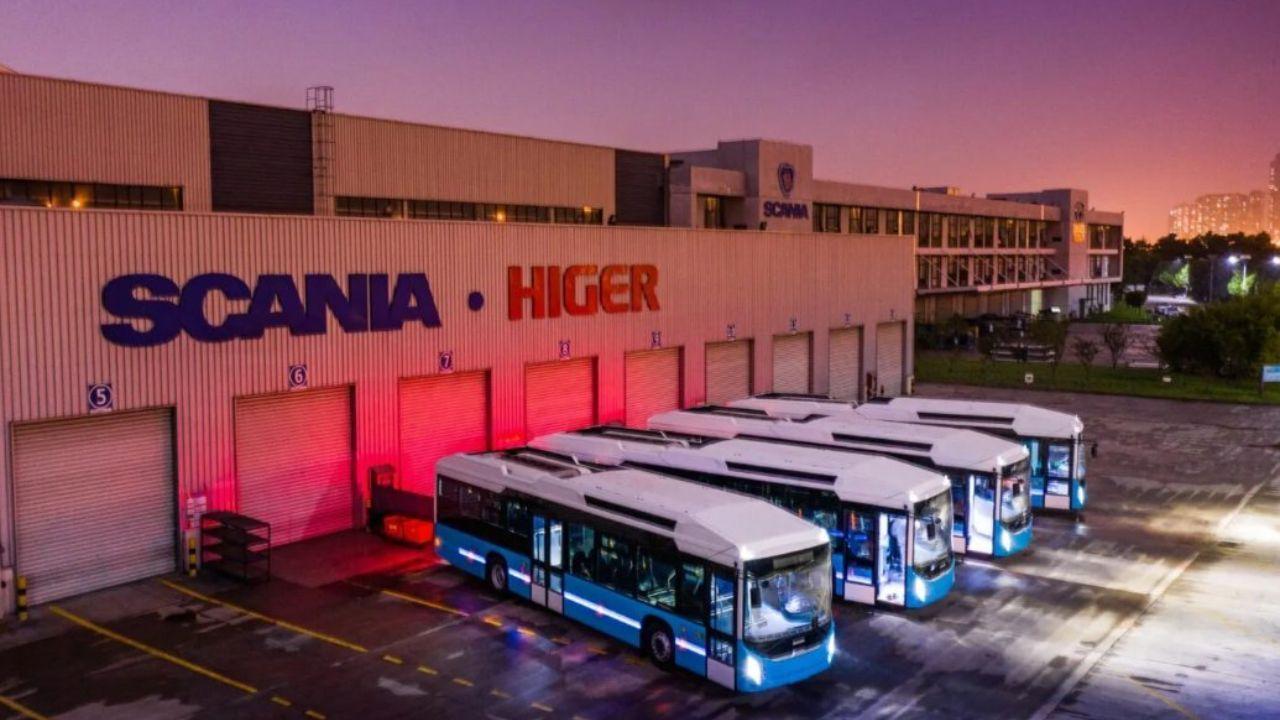
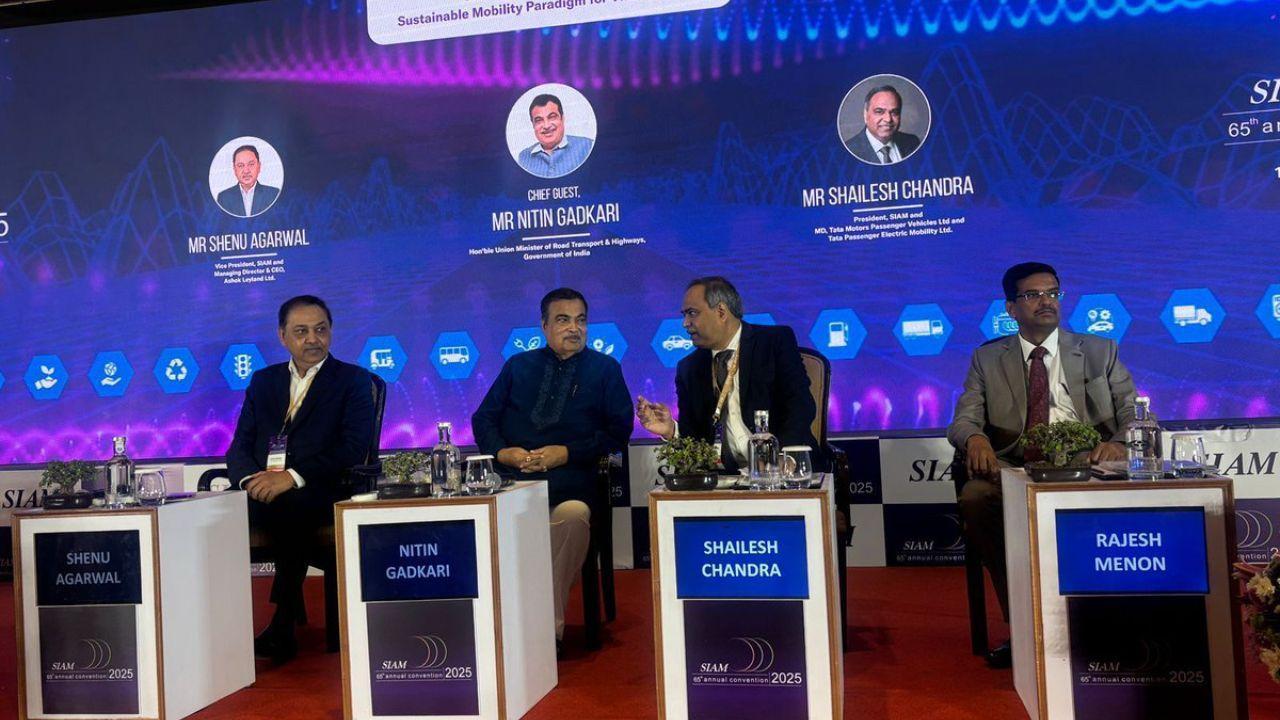
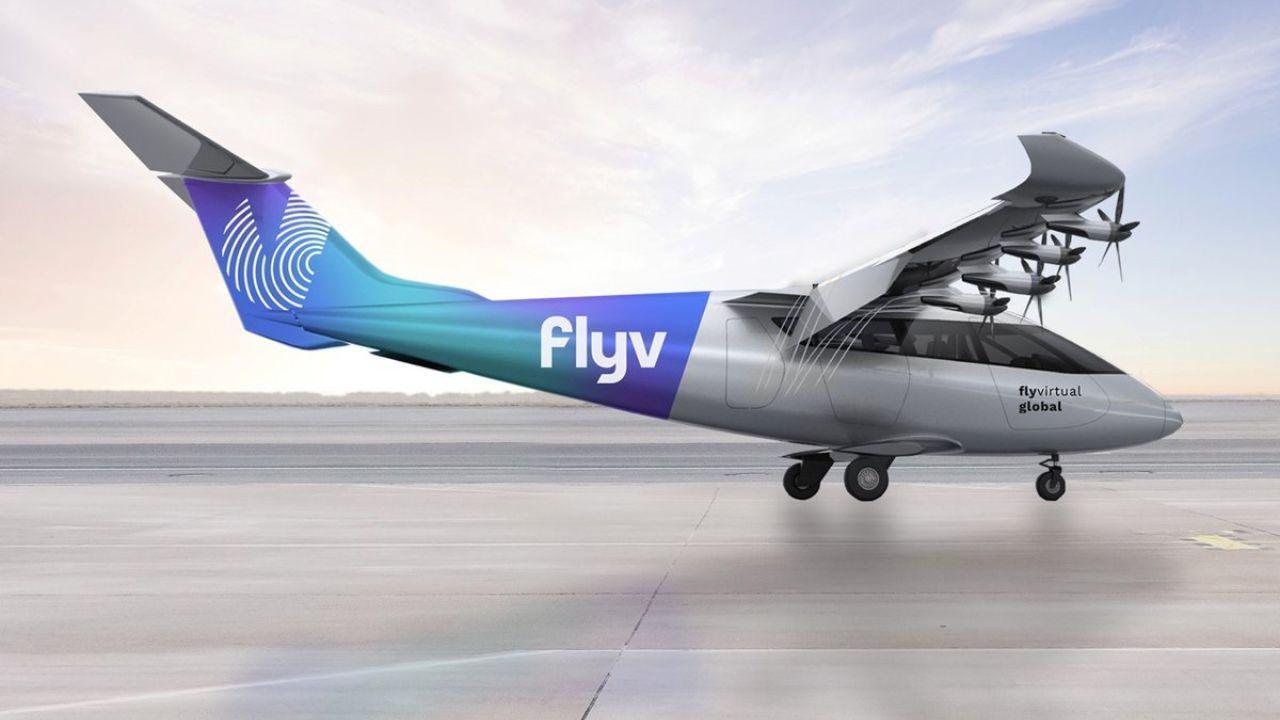


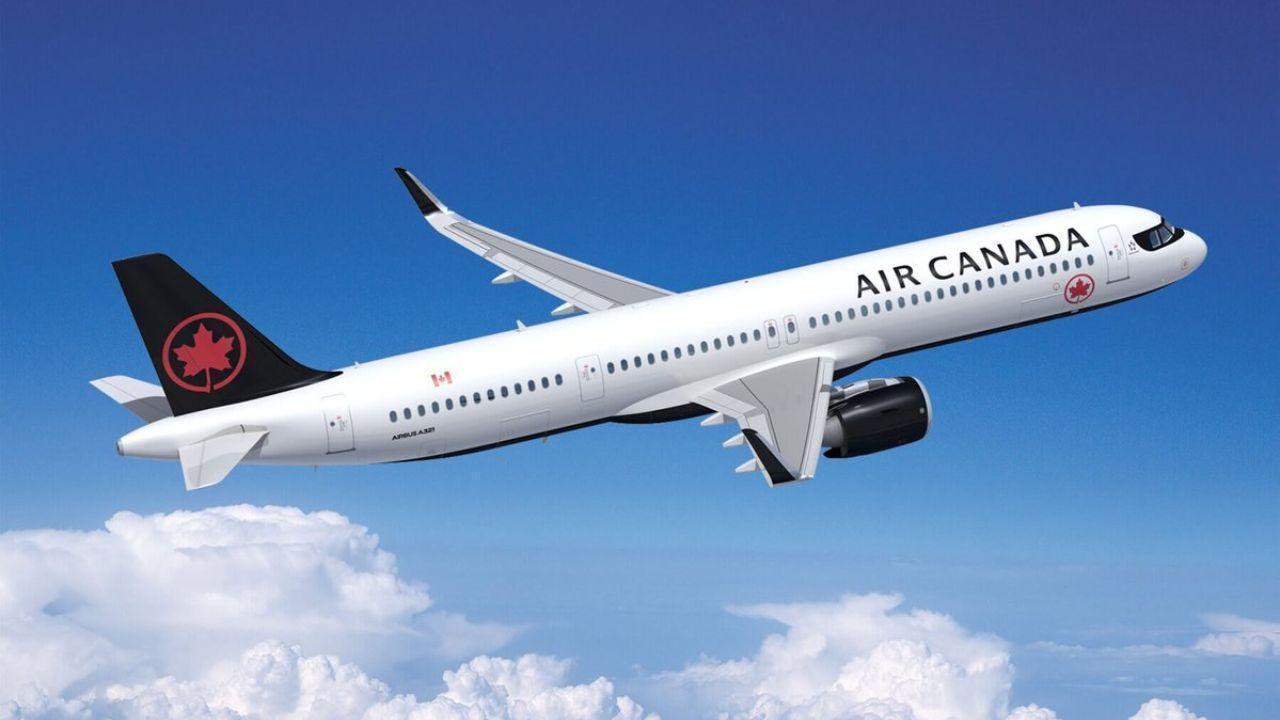


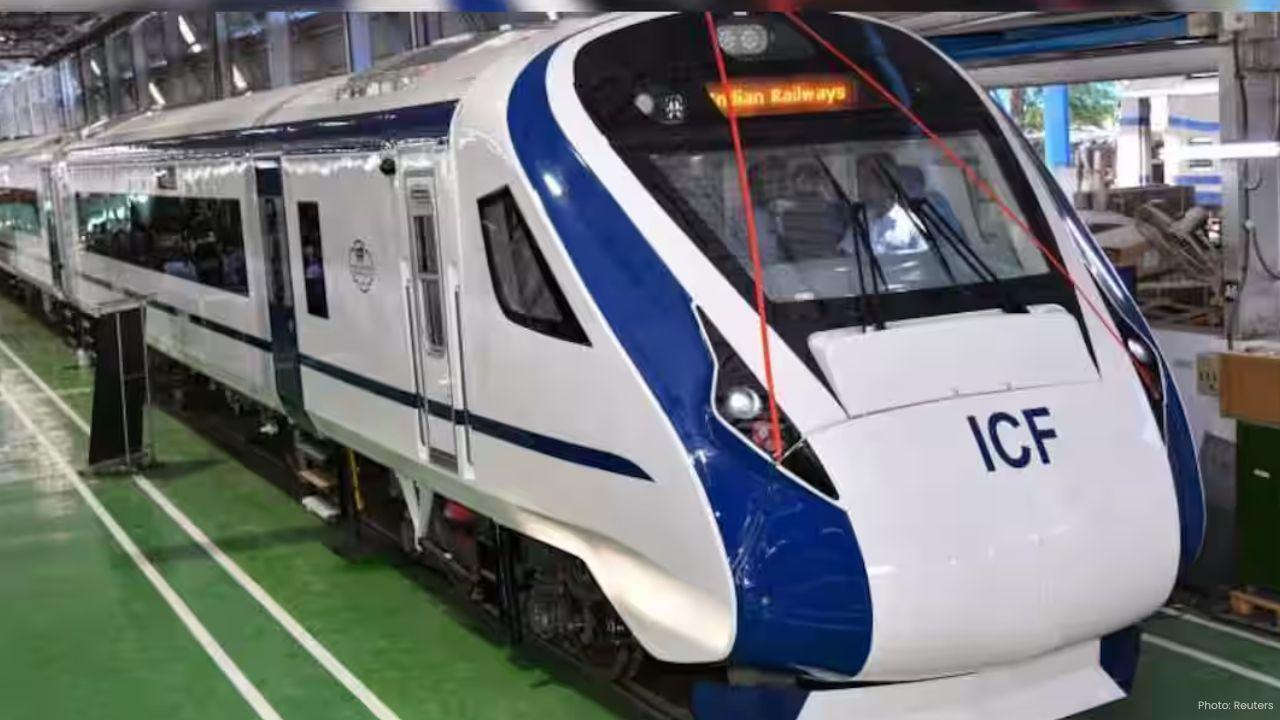
Vande Bharat Passenger’s Spitting Incident Sparks Nationwide Debate
A passenger spitting on the Vande Bharat Express floor sparks online debate on civic sense cleanline

OnTrac Introduces Ground Essentials Service for Affordable and Reliable Shipping
OnTrac launches Ground Essentials a new service offering cost-effective parcel delivery with up to 3
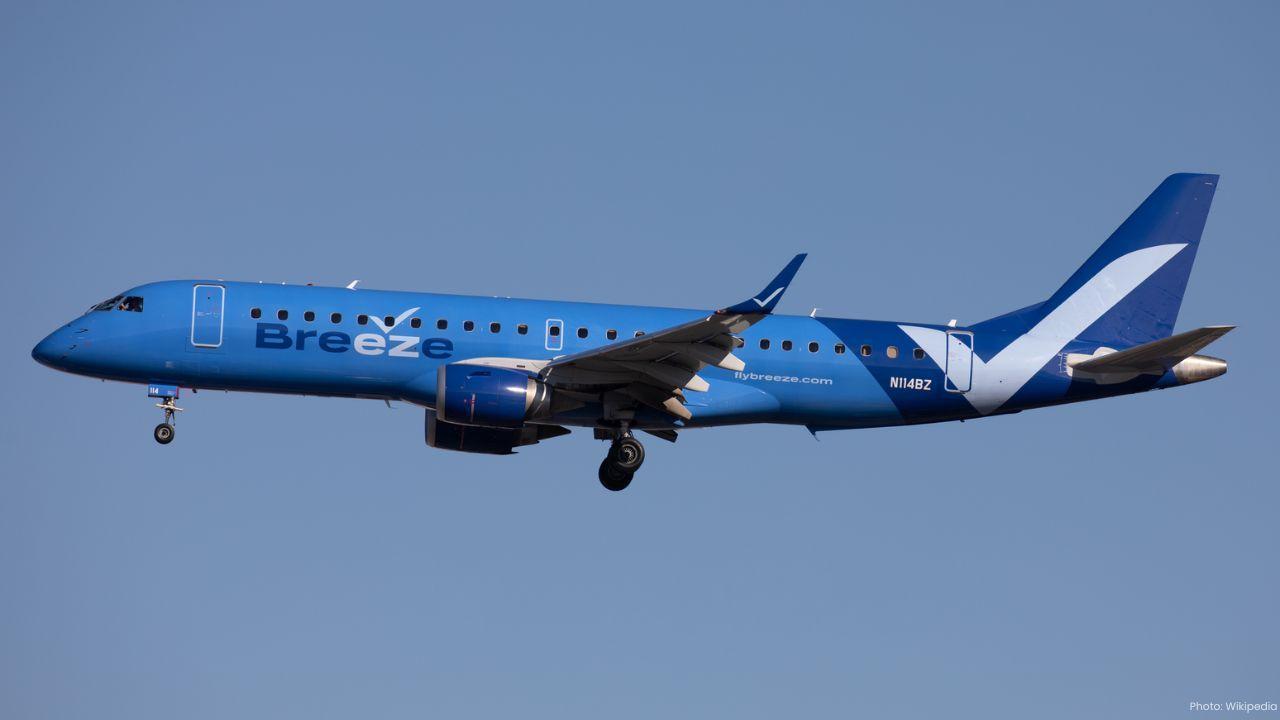
Breeze Airways Earns Five-Star Status as North America's Top Airline
Breeze Airways achieves a five-star rating marking it as North America's leading major airline for 2

Royal Enfield Cuts Prices on 350cc Bikes After GST Rate Reduction
Royal Enfield reduces prices on 350cc motorcycles from September 22, 2025, following GST rate cuts,

Viva ACP Boosts Bus Safety with Strong Lightweight Aluminium Panels
Viva ACP’s panels make buses safer lighter and stronger—saving energy and protecting passengers with

Steelpaint’s Stelcatec Coating Gets UK Rail Approval
Steelpaint’s Stelcatec coating approved by UK Network Rail for durable, fast, and effective protecti